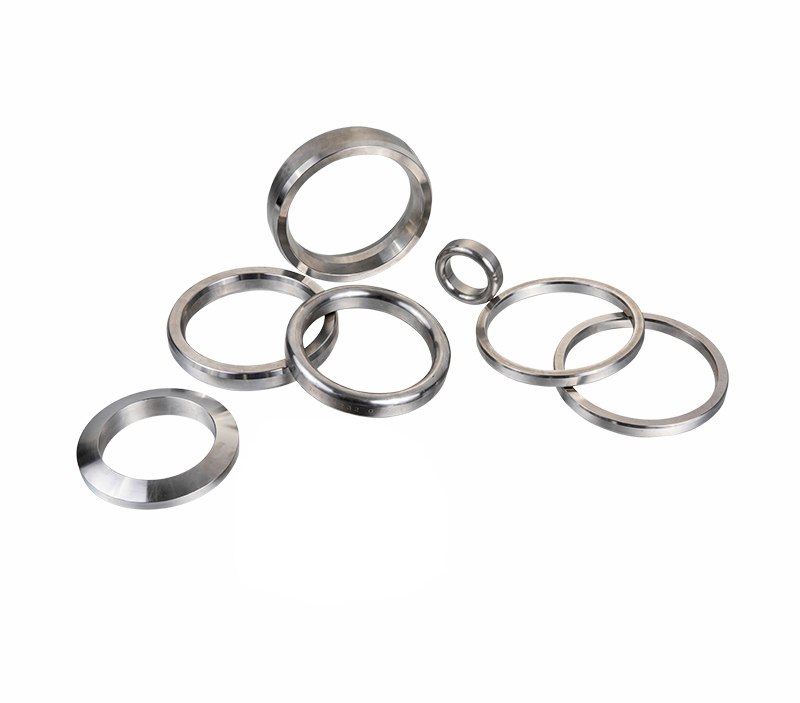Basic introduction of ring joint gasket
Ring Joint Gaskets (RJG) are metallic gaskets that are commonly used in high-pressure applications such as oil and gas pipelines, chemical processing, and petrochemical plants. These gaskets are designed to provide a leak-proof seal between two flanges under high pressure and temperature conditions.
Ring Joint Gaskets are made of metal, typically soft iron, low carbon steel, stainless steel, or other alloy materials. They have a trapezoidal or hexagonal cross-section that is designed to fit into a corresponding groove in the flange. This creates a metal-to-metal seal that is highly effective in preventing leakage.
The design of the Ring Joint Gasket allows it to withstand high pressures, temperatures, and vibrations that can cause other types of gaskets to fail. These gaskets are typically used in applications where the pressure exceeds 1500 psi and the temperature exceeds 500°F. They are also commonly used in applications where there are extreme temperature fluctuations.
Ring Joint Gaskets are designed to be reusable, but they require proper installation and handling to maintain their effectiveness. The gasket must be installed in the proper groove size and orientation, and the flange surface must be free of any damage or debris that could compromise the seal. Proper torquing of the bolts or studs is also essential to ensure a tight seal.
In summary, Ring Joint Gaskets are metallic gaskets that are designed for high-pressure and high-temperature applications. Their metal-to-metal seal provides a reliable and effective sealing solution for demanding applications in the oil and gas, chemical, and petrochemical industries.

 English
English CHINESE
CHINESE Espana
Espana Arab
Arab Language
Language


